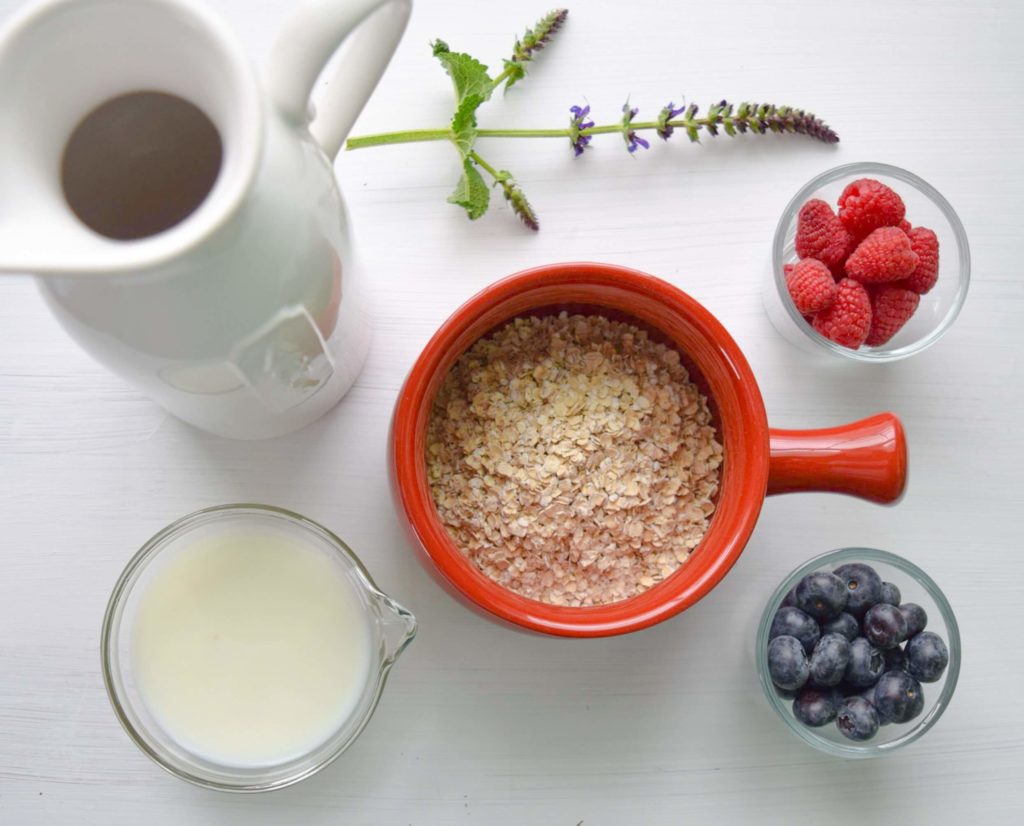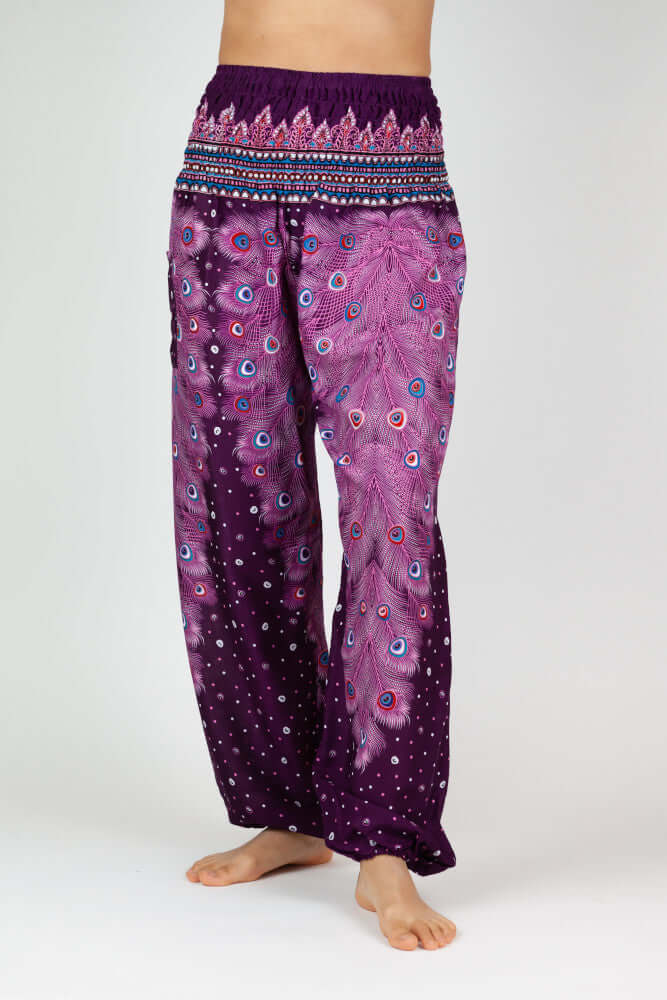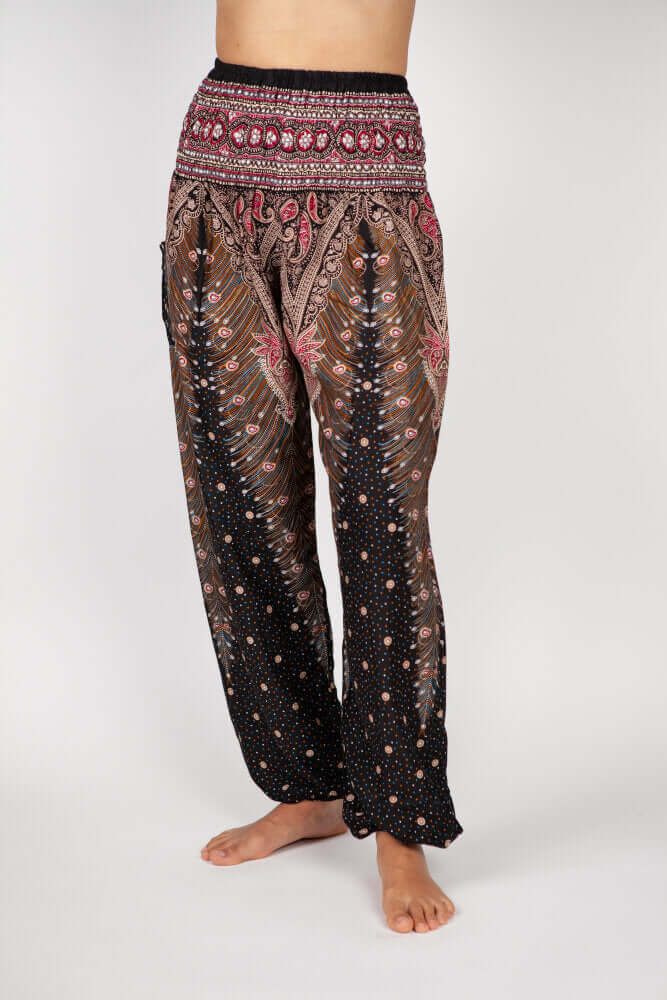
Inhaltsverzeichnis
Which milk alternative is the best?
Almond, oat, soy, rice, hemp... The list of available milk alternatives has multiplied in recent years. More and more people are questioning their cow's milk consumption. This is due, on the one hand, to increasing lactose intolerances and, above all, to heightened awareness about the husbandry and treatment of dairy cows. In addition, milk appears to be not as healthy as was assumed for decades.
For these reasons, today we want to take a look at available plant-based drinks. I'd like to take a closer look at the ingredients, ecological footprint, and, of course, the taste of the most common plant-based drinks. What is the best milk alternative?
What are plant-based drinks and how are they made?
You might be wondering why milk alternatives are never referred to as "milk." For example, they're not called "oat milk," but rather "oat drink." This is because, by law, you can only call something "milk" that has been milked. Since this obviously doesn't apply to grain and nut drinks, all alternatives are referred to as "drinks." The exception is coconut milk—it's officially allowed to be called milk, even if it obviously doesn't come from a coconut cow. This was decided by the European Commission.
The process for making a milk alternative is usually the same: The eponymous grain or nut is soaked, ground, and mixed with water. The mixture is then usually boiled. Finally, oil, salt, and/or sweeteners are sometimes added to round out the flavor.
The whole thing is really not complicated and can be made quite easily at home! All you need is a good blender and a clean cotton or cheesecloth. You can find detailed instructions here. here!
The most popular milk alternatives: An overview
01 Soy drink
Soy milk, or rather “soy drink,” is the most popular milk alternative, but also the most controversial. Popular It is because it most closely resembles cow's milk in terms of its main nutrients and contains several valuable components, including plenty of protein, fiber, lecithin, and vitamins B and E. It is available in a variety of flavors (sweetened, unsweetened, with calcium, vanilla or chocolate flavor, etc.). It also froths well or can be used in baked goods.
In criticism Soy milk is primarily affected by the isoflavones it contains. These are plant hormones that act like the body's own estrogen and, in high doses, can disrupt hormonal balance and affect fertility in both men and women. It should be noted, however, that it's not yet entirely clear how "severe" these effects really are. Soy milk can also contain genetically modified soy. Therefore, it's best to only buy soy milk with an organic label.
Another controversial point is the poor Eco-balance Soy milk: Huge areas of rainforest are being cleared for soy production, especially in South America. Therefore, only soy milk from Europe is recommended.
What the The taste When it comes to soy milk, there are considerable differences of opinion. Some appreciate the distinctive flavor of soy milk, while others simply find the drink too bean-like.
Price-wise Soy milk is the winner of our comparison: at 1 euro per liter, it comes out pretty well.
02 Almond drink
Almond milk is also very popular. Its sweet The taste It's great in baked goods, desserts, smoothies, and muesli. Almond milk also makes a great base for coffee, but it tends to have a flaky consistency.
That nuts are very healthy Almond milk, for example, contains healthy fats, magnesium, calcium, biotin, and vitamins. Almond milk is also lower in calories than regular milk. However, you should be careful, as sugar is often added to the drink.
Unfortunately, almonds require a lot of water. Furthermore, transport routes are long, as the growing areas are located in dry regions. Therefore, almond drink scores highly in terms of Eco-balance not so good. What helps here, too, is paying attention to organic certifications.
When almond milk “arrived” in Germany, it had already become a trend in the USA. Initially, it was incredibly expensive here. For some time now, Price (also due to increased demand). Nevertheless, almond milk is still quite expensive compared to other plant-based drinks, averaging €2.50 per liter.

03 Oat drink
Now let's move on to my personal favorite: oat milk. Although it's one of the most sustainable and regional milk alternatives, it only really became popular here this year, funnily enough.
During fermentation, starch is broken down, giving the oat drink a light and natural sweetness. Therefore, it is usually sugar-free. Oat milk is especially popular in coffee because it froths up well. Nevertheless, you can definitely taste the grain. The taste of the drink in the coffee. For many, coffee with oat milk takes some getting used to. But once you get a taste for it, most people don't want to change. .
Oat milk is great for baking; it also goes well with muesli and porridge.
Like other cereal drinks, oat milk is lower in calories and fat than cow's milk, but still contains quite a lot of calories compared to other plant-based drinks. It also contains some important minerals and vitamins, and, like almond milk, biotin for skin and hair.
As already briefly mentioned, oat milk is good for its Life cycle assessmentThere's a lot of regional organic oats, and the cultivation itself is mostly done without herbicides. Of course, it's best to double-check the regional origin before purchasing.
Also the Price speaks for the oat drink: At 1 to 2 euros per liter, it is one of the cheaper alternatives.
Oat milk is easy to make at home. You can find a recipe here: RECIPE: Make your own oat milk
04 Rice drink
Rice milk is still plentiful on the shelves, although it is not particularly effective as a milk substitute.Rice milk is not only lactose and milk protein free, but also gluten free, making it particularly suitable for Allergy sufferers. The taste is also quite neutral The taste score points.
Unfortunately, rice milk is high in carbohydrates and low in nutrients. In addition, it has a watery consistency and is therefore not particularly visually appealing. It's also not particularly recommended for coffee. However, it is suitable for all kinds of desserts.
At 1 to 2 euros per liter, rice milk is quite cheap. Nevertheless, you can get a more attractive milk alternative for the price.
05 Hemp drink
Hemp drink is made from hemp seeds and is also enjoying slowly growing popularity in our country. popularityIn the UK, hemp milk has long since ceased to be a secret. This is because hemp drinks are gluten-free and low in saturated fat, but rich in valuable omega-3 fatty acids and contain plenty of plant-based protein.
Taste-wise Hemp milk also has a lot to offer: It has a nutty aroma, but otherwise tastes almost like low-fat cow's milk. Its light creaminess makes it versatile and also pairs well with coffee.
At 3 to 5 euros per liter, the hemp drink is quite expensiveUnfortunately, it's not yet available everywhere. However, some health food stores and organic shops already offer hemp drinks. These usually have a regional, or at least European, origin.
Definitely give it a try!
There are also a few other plant-based drinks that represent promising alternatives to cow's milk, such as lupin or pea milk. However, these are still rare in German-speaking countries; and here I only wanted to present milk alternatives that I have already tasted and can evaluate. .
Ultimately, the "best" milk alternative is simply a matter of taste, of course, so it's worth experimenting. Personally, I can say that I don't miss milk at all, not even in coffee—and that's saying something!
WHICH IS YOUR FAVORITE MILK ALTERNATIVE?
If you would like to learn more about healthy eating, mindfulness or sustainability, take a look here over.




























Leave a comment
This site is protected by hCaptcha and the hCaptcha Privacy Policy and Terms of Service apply.